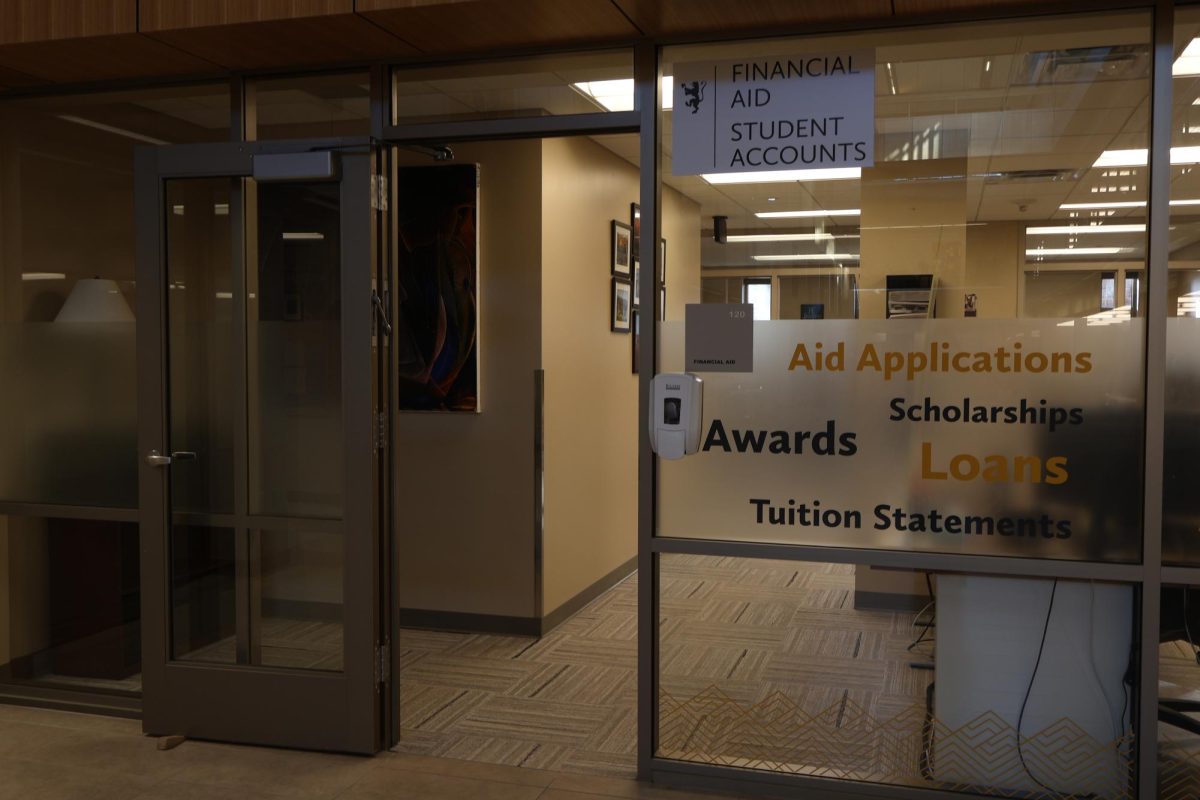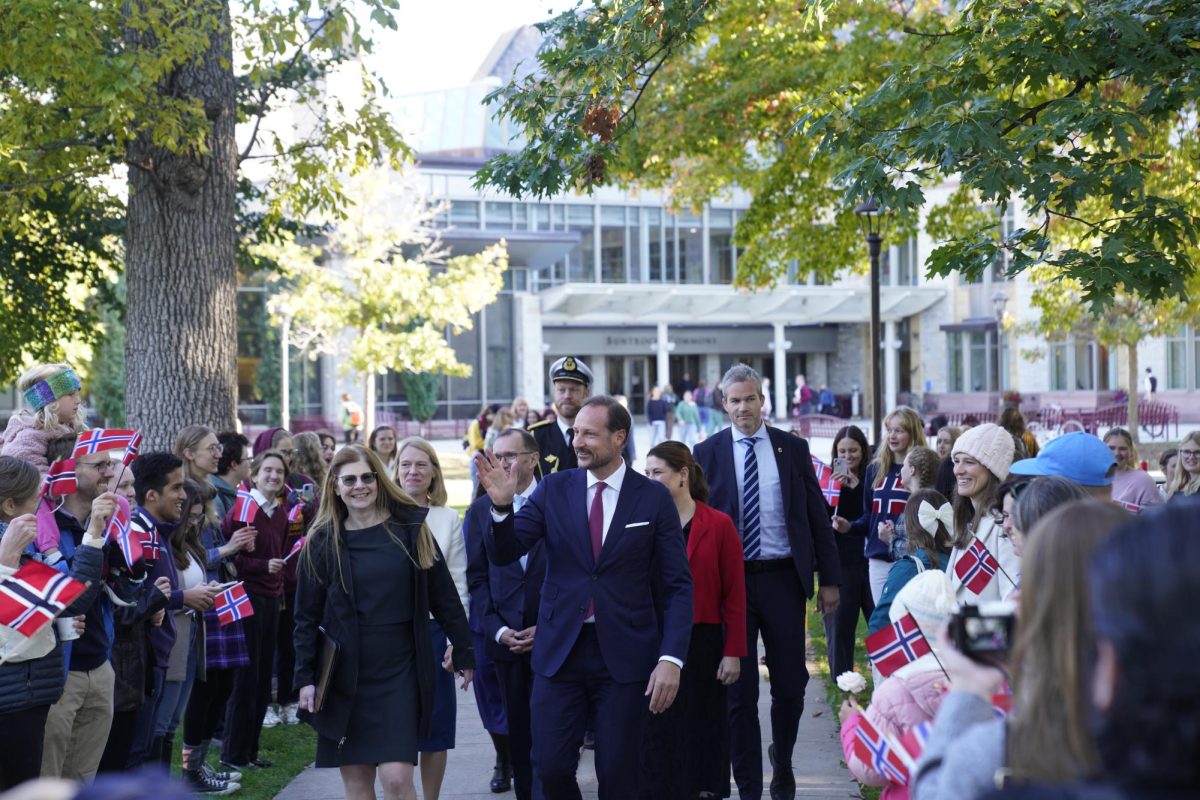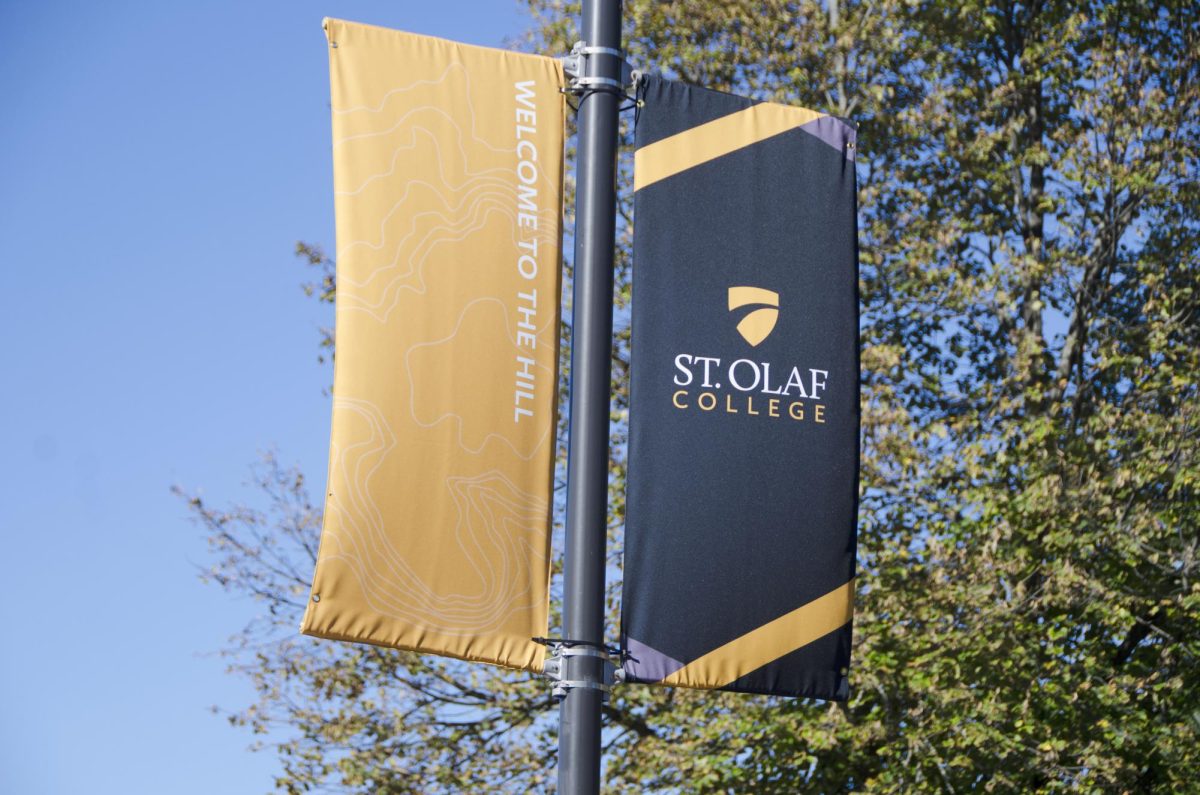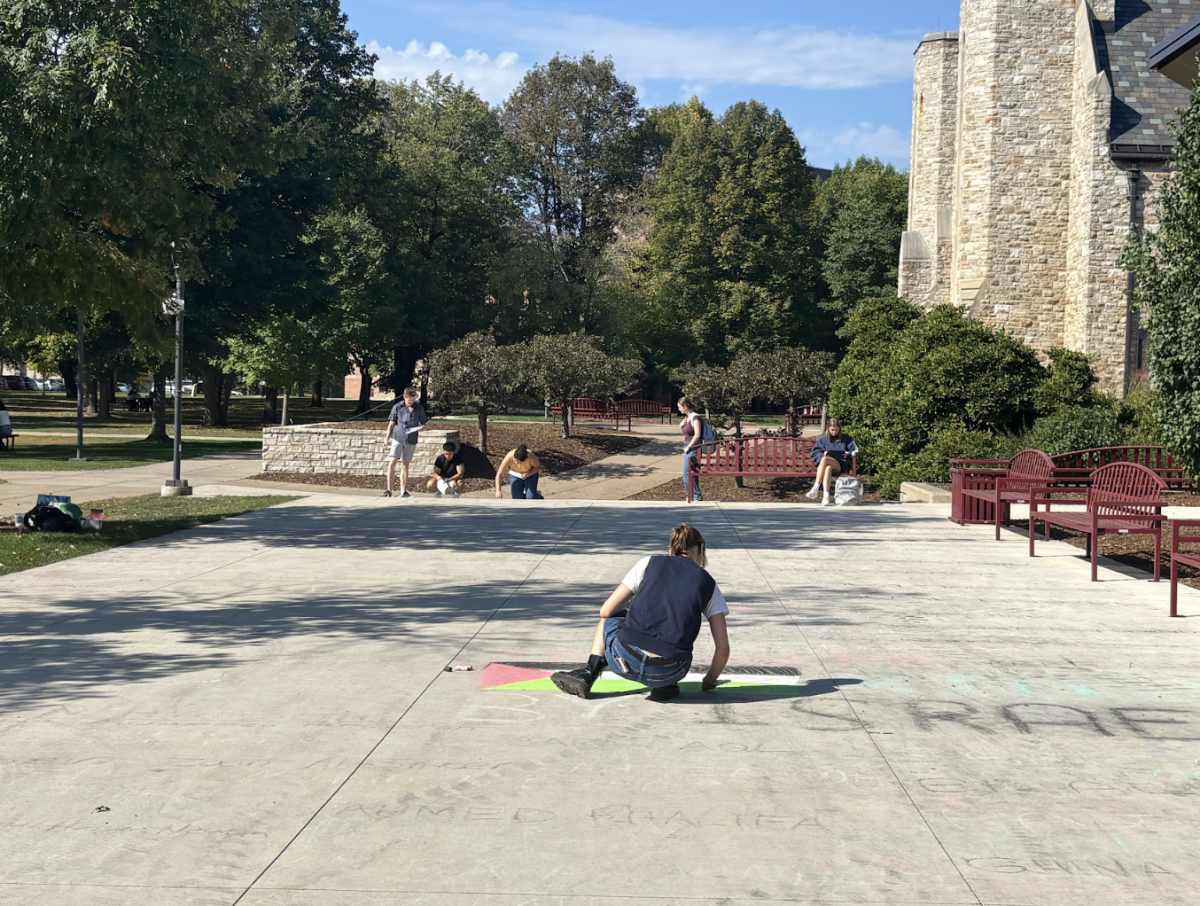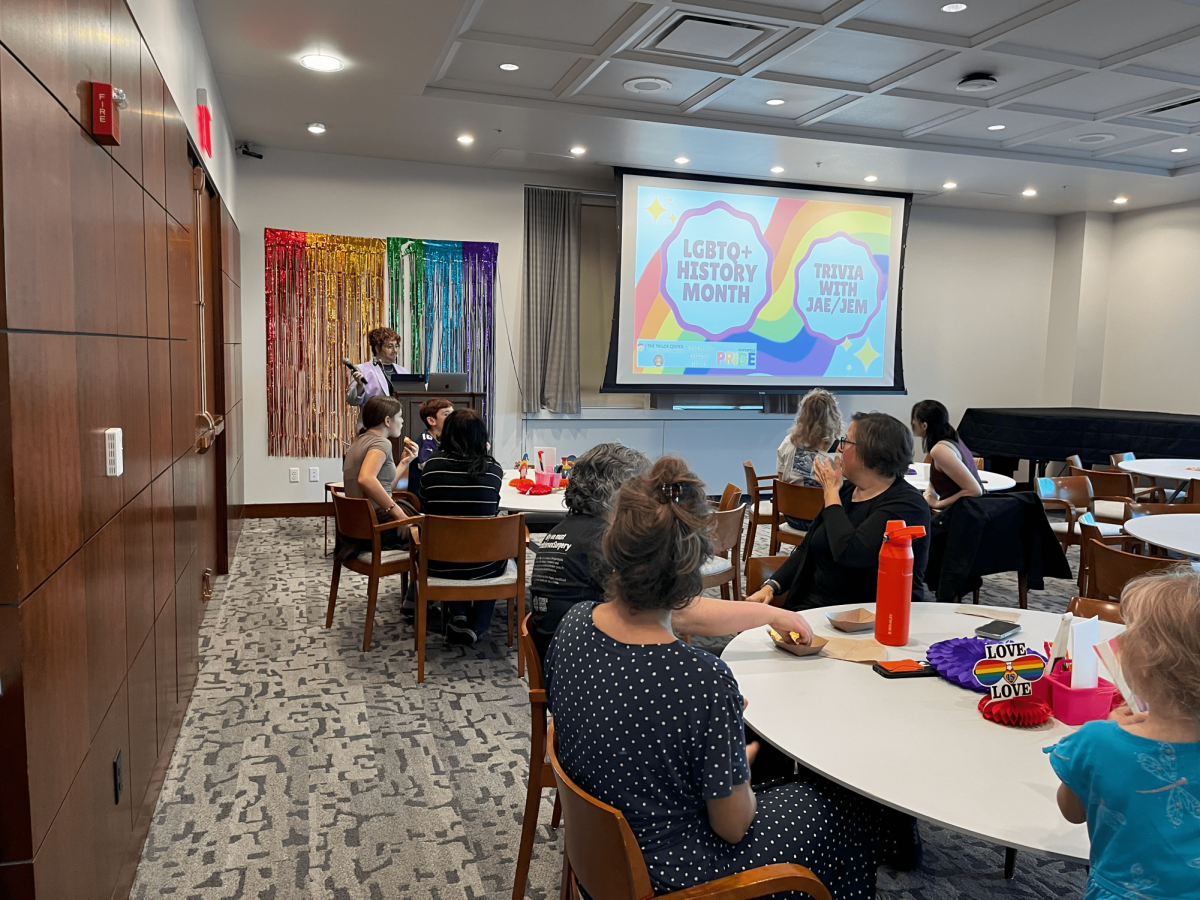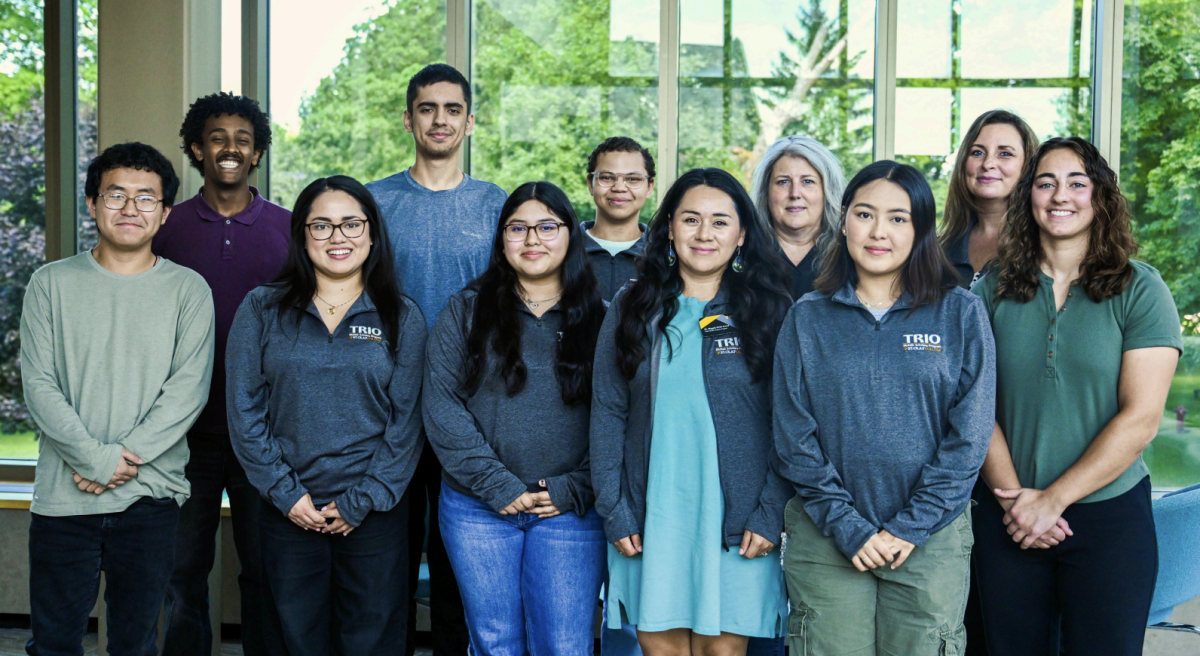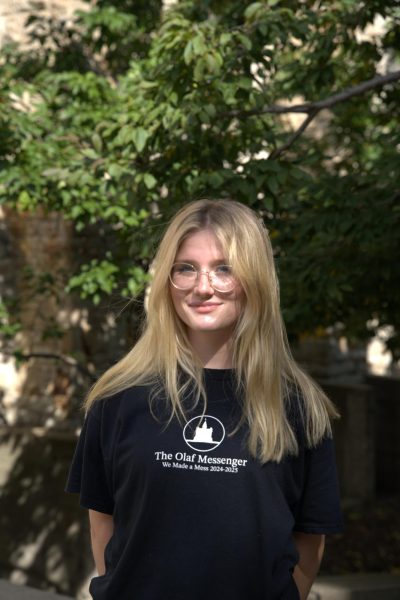On July 4, President Donald Trump signed the One Big Beautiful Bill Act into law, marking the most significant rewrite of the federal student loan system in decades. The bill ends the Biden-era Saving on a Valuable Education (SAVE) repayment plan, introduces strict new borrowing caps for parents and graduate students, and reduces repayment options from seven to two.
Nationally, the changes affect nearly 43 million borrowers. At St. Olaf, however, administrators say the College’s financial aid profile should remain relatively stable.
The College receives approximately $14 million in federal aid and $3.5 to 4 million in state aid each year. Roughly half of St. Olaf’s students receive some form of federal or state financial aid, ranging from grants and work-study to subsidized and unsubsidized loans according to Director of Financial Aid Steve Lindley.
“Based on our own looks at our internal data, looking at consortiums like the Minnesota Private Colleges, the Associated Colleges of the Midwest, and nationally, I don’t anticipate that being a significant concern,” Lindley said in an interview with The Olaf Messenger.
One of the most consequential provisions of the new law caps Parent Loan for Undergraduate Students (PLUS) loans, which allow parents to borrow to cover college costs. Beginning in July 2026, those loans will be limited to $20,000 per year and $65,000 total per child.
At St. Olaf, around 120 families take out Parent PLUS loans each year, with about 40 borrowing more than $20,000 annually.
Graduate PLUS loans, used by graduate and professional students, will also be eliminated in 2026. While St. Olaf offers no graduate programs, Lindley said he’s been consulting peers at other colleges to understand how the changes will play out nationally.
Professor of Psychology Carlo Veltri acknowledges that it complicates decisions for his students, who often continue their education into graduate school.
“It’s just another piece of the puzzle for students to have to work through,” Veltri said.
Despite these sweeping national changes, both Lindley and Chris George, St. Olaf College’s associate vice president for enrollment, remain optimistic about the College’s financial health and student outcomes.
“Less than two-thirds of our students borrow, and what they borrow is a very reasonable amount to pay back,” George said. “The stories and rhetoric about widespread over-borrowing for degrees that don’t matter — that is not the experience we see at St. Olaf.”
Over the past decade, 58% to 61% of St. Olaf students have borrowed during their time at the college, with median loan debt between $26,000 and $28,000 — figures that have remained steady according to Lindley.
George said the liberal arts education Oles receive continues to provide long-term value.
“The outcomes that we have demonstrate that the education and opportunities we provide set students up very well to be successful leaving St. Olaf,” George said. “Our degree has incredible value … these policies aren’t going to impact us in ways that cause concern.”
Both George and Lindley additionally urged students to continue completing the Free Application for Federal Student Aid (FAFSA) each year.
“It doesn’t cost anything,” George said. “You apply, and you always have access to potential funding — at minimum, to some student loan money, if you need it.”
